More Baby Birds on Water
The Common Gallinule wasn’t the only bird with babies
At another body of water in the Tucson area, a young Pied-billed Grebe was swimming around. About two weeks after hatching, young Pied-billed Grebes develop striped feathering on their heads. I call it the “zebra-head” stage of development and is an unusual look. This bird is young enough to still show some fuzzy down on its body. It was looking back over its shoulder at me.
The young Grebe can swim well now but still depends on its parents to feed it. Both parents share in feeding their young. Pied-billed Grebes are opportunistic and will feed on all sorts of aquatic life as well as vegetation.
Young American Coots also have a very distinctive, but different, look from the young Pied-billed Grebes. The bald head and the curly, stiff hairlike feathers on the head and chin give an almost comical appearance to the young coots. Those orange feathers will drop off around two weeks of age.
This young Coot was begging to be fed. If you look closely, you can see two very teeny wings spread out from the Coot’s body. There were two different sets of parents and young at this pond. The American Coot below was offering vegetation exclusively to its chick. The other parent would step on the shore and grab one of many beetles from the grass and return to the water to offer the bug to its young.
On another pond, two adult Pied-billed Grebes did not seem to have any young, or any dependent young. This couple seemed to be working on their relationship. Grebes can have a second clutch of young but I don’t know whether it is too late in the season for that.
In any event, these two adults were very attached to each other. After spending quite a bit of time in the heart pose above, they began to swim around each other.
This was certainly interesting behavior to observe.
Ruddy Ducks live in Tucson Area waters year-round. The males have the bright colors during breeding season but the females like the one below are much more subdued. Ruddy Ducks are part of a group that is called “stiff-tailed ducks”. They have long and spiky tail feathers which they often hold upright while they are at rest on the water.
There were a number of young ducklings swimming near that female Ruddy Duck. The ducklings have the same facial pattern that their mother duck has.
You can see the “family” resemblance here. Ruddy Ducklings are precocial. That means that they can feed themselves and move independently from birth. Within 24 hours of hatching, young Ruddy Ducks can find food without assistance and can even dive for food.
Even with those skills, the young Ruddy Ducks continue to swim close to their parent. The adult female duck is the sole caregiver at this point and the ducklings remain near her for a few weeks more for protection than for care. By about three weeks, the adult Ruddy Duck usually will abandon her ducklings and they are on their own.
It is late in the summer, but this is still the breeding season for some aquatic birds in our area.


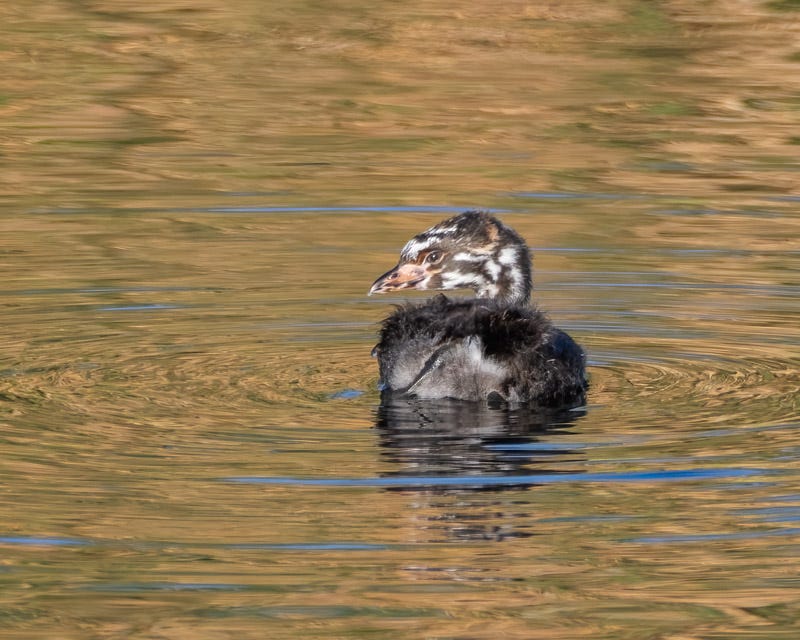

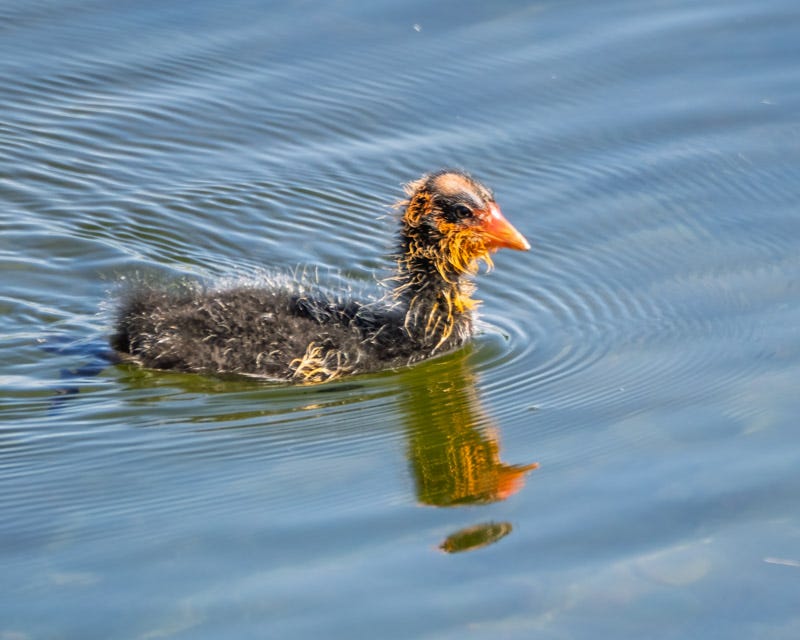

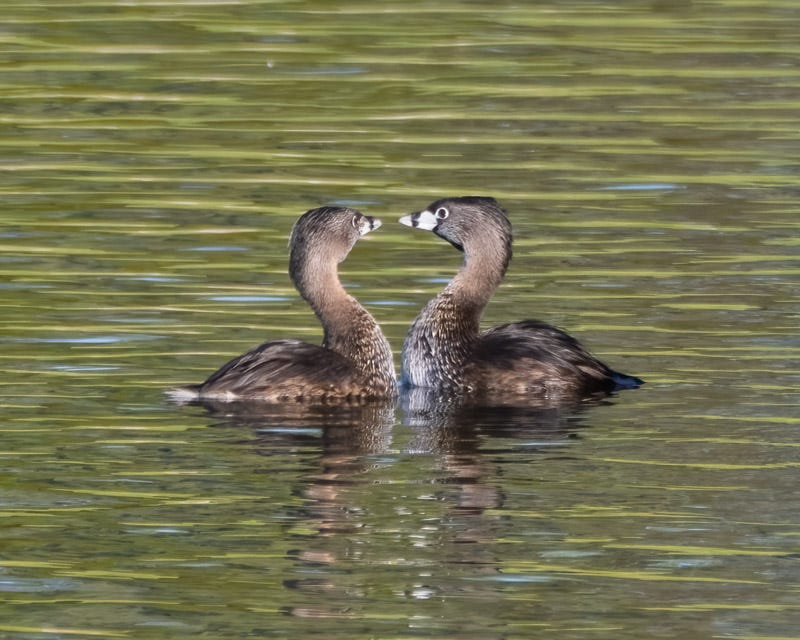

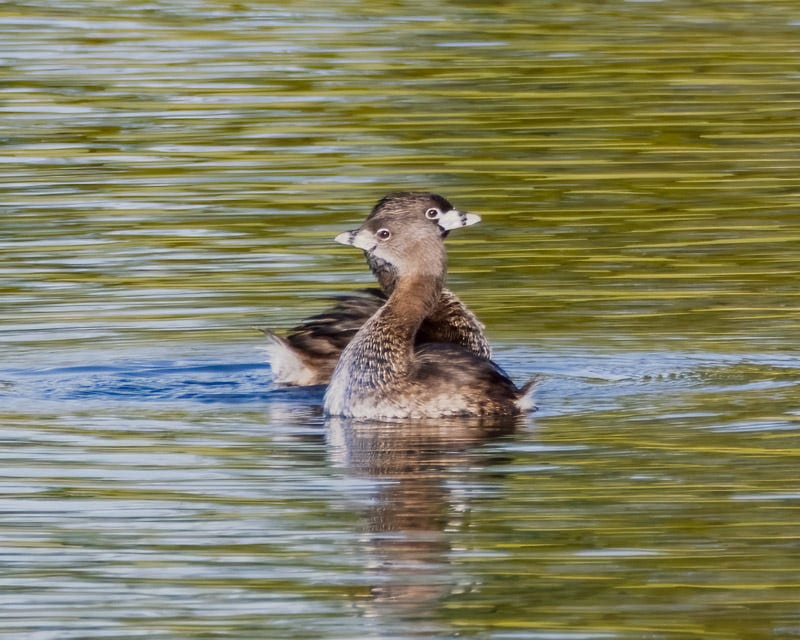
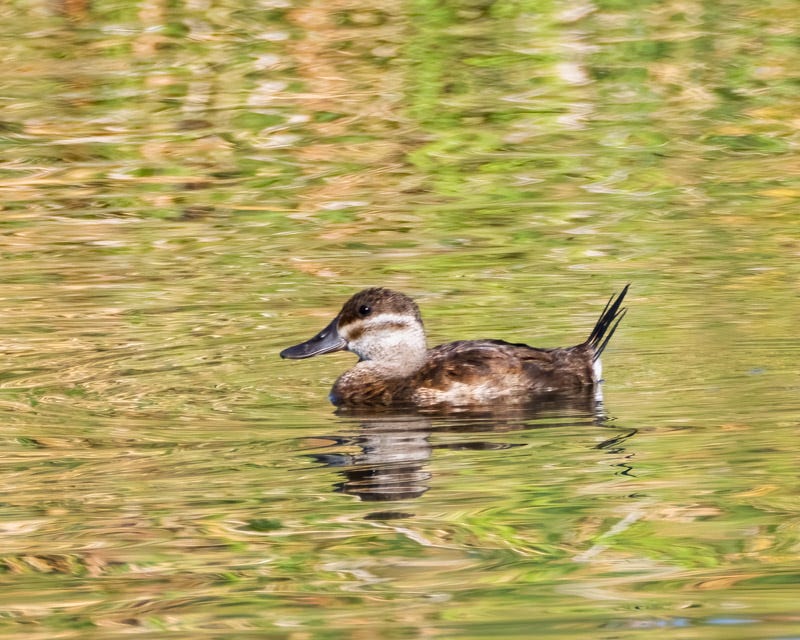

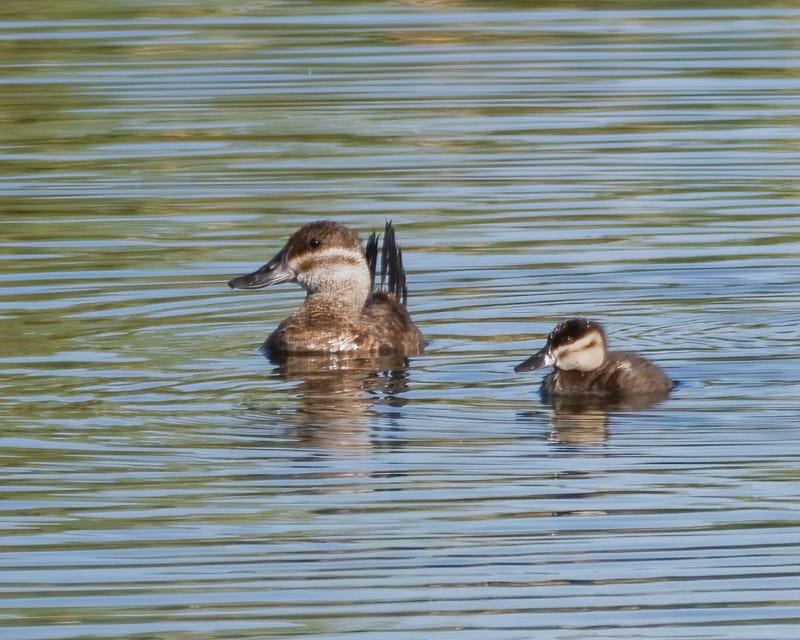

I ❤️ the ❤️ pose!
I love ducks and the way they walk. Thanks